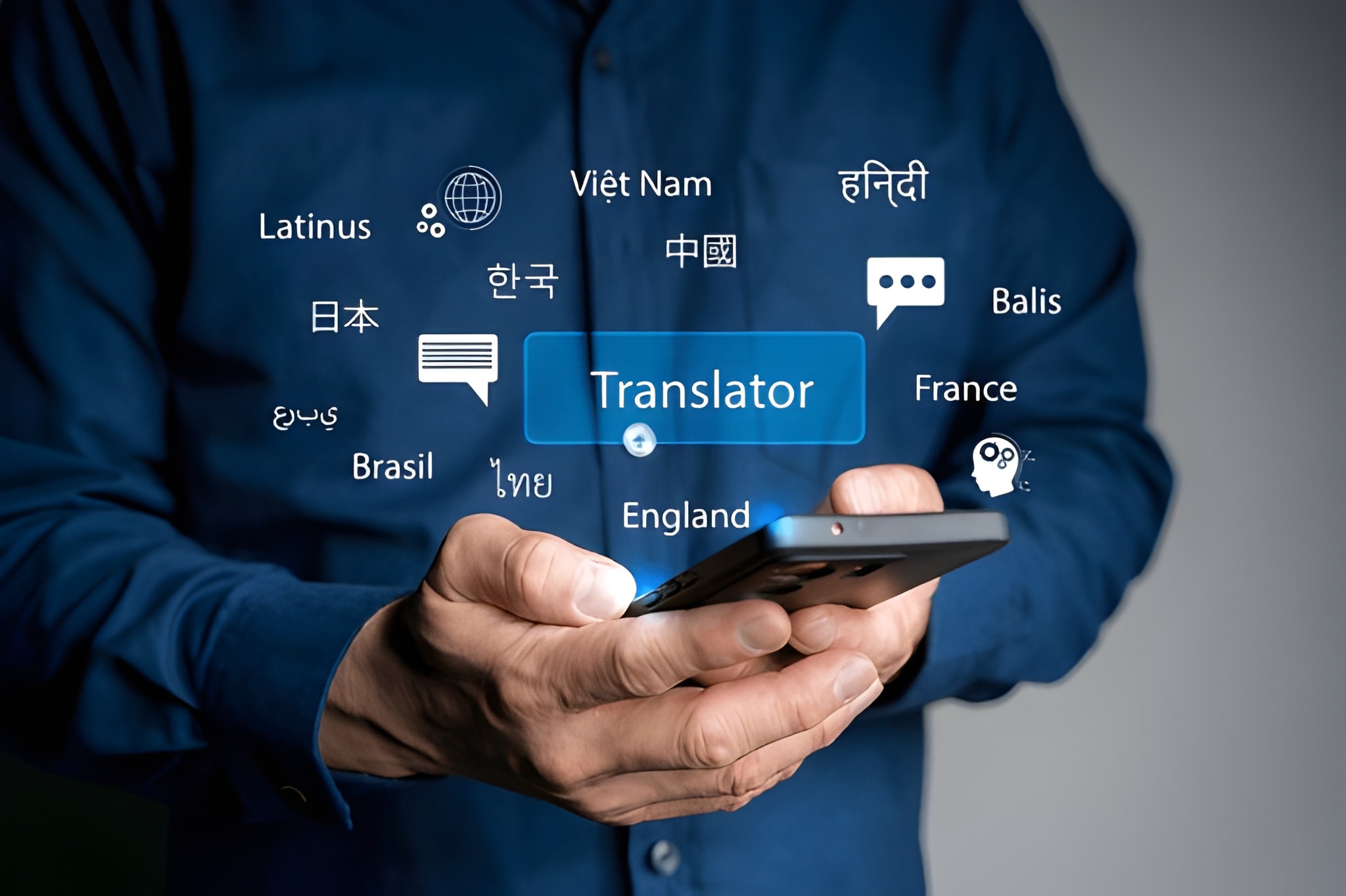When Words Risk Disappearing
Imagine sitting with an elder in a remote village, listening to stories in a language you’ve never heard before. The rhythm is different, the words feel ancient, and you realize something heartbreaking: this language isn’t written down anywhere. If that elder passes, so might the language. This is the daily reality for hundreds of communities worldwide, from the Ainu in Japan to the San in southern Africa.
Now imagine opening an app, pointing your phone’s microphone toward the elder, and instantly recording and translating the words—not just into English, but also storing them in a searchable digital archive. That’s the power of indigenous language translation AI in 2025.
I’ve seen this firsthand while researching translation tools for rare languages. Many students I know studying anthropology or linguistics have struggled with accessing accurate resources for indigenous dialects. And I’ve spoken with travelers who wish they had something better than a notebook to capture conversations with locals. Thanks to AI, those days are slowly changing.
Why It Matters: The Global Language Crisis
According to UNESCO, nearly 40% of the world’s languages are endangered, with one disappearing roughly every two weeks. Many of these are indigenous languages—spoken in small communities but rich with history, culture, and identity.
Why is this important? Because losing a language isn’t just about words. It’s about losing:
-
Cultural identity: Proverbs, songs, and rituals tied to native speech.
-
Knowledge systems: Traditional medicine, farming methods, and ecological wisdom encoded in language.
-
Connection: Younger generations are disconnected from their heritage.
AI-driven tools are stepping in to help preserve, translate, and revitalize these rare languages before it’s too late.
Step-by-Step: How AI Preserves Indigenous Languages
1. Digitizing Oral Traditions
Many indigenous languages are spoken, not written. AI-powered speech recognition can record voices, convert them into text, and even translate them.
Example: The Google AI for Social Good initiative has supported projects that record endangered languages in Papua New Guinea and Canada.
2. Building Community Dictionaries
AI helps compile dictionaries faster by analyzing patterns in recordings and texts.
-
Example: Projects like Kamusi Project and Glosbe use community contributions plus AI to build word banks for languages like Zulu, Yoruba, and Cherokee.
3. Real-Time Translation Tools
While Google Translate supports only a handful of indigenous languages (like Hawaiian, Maori, and Quechua), AI-based upgrades mean accuracy is improving.
Example: Microsoft Translator now has offline packs for Amharic and Somali, helping NGOs in Africa work in the field without internet.
4. AI-Powered Apps for Daily Use
Some startups are focusing exclusively on indigenous preservation.
-
Aikuma App: Records indigenous speech and allows translations side by side.
-
NLLB (No Language Left Behind) by Meta AI: Supports 200+ languages, including rare ones, using machine learning.
5. Teaching the Next Generation
AI-powered chatbots and apps gamify learning. Kids can practice indigenous languages like Navajo or Guarani through interactive stories.
Example: Duolingo’s Hawaiian and Navajo courses—backed by AI adaptive learning—are helping thousands of learners worldwide.
Comparison Table: Indigenous Language Translation AI Tools
| Tool/Project | Focus Area | Strengths | Limitations |
|---|---|---|---|
| Google Translate | Text + voice | Free, offline packs | Few indigenous languages are covered |
| Microsoft Translator | NGO + offline | Group mode, offline support | Dialect limitations |
| Meta NLLB | AI research | 200+ languages, rare coverage | Mostly experimental |
| Aikuma App | Oral traditions | Records + community translation | Limited mainstream use |
| Glosbe/Kamusi | Community dictionaries | Phrase examples, cultural notes | The database depends on volunteers |
| Duolingo | Language learning | Fun, accessible for students | Covers only a few indigenous langs |
Real Examples: Where AI Makes a Difference
Example 1: The Maori Revival in New Zealand
AI transcription tools have been used to record Māori songs and oral histories. Now, younger learners can practice via apps and YouTube, with automatic subtitles generated by AI.
Example 2: Navajo in the US
During COVID-19, Microsoft partnered with Navajo Nation to create translations of health information in Navajo, making life-saving guidance accessible.
Example 3: Quechua in South America
Google Translate’s support for Quechua has allowed farmers to access agricultural guides in their native tongue, connecting traditional practices with modern resources.
The Challenges: What AI Still Can’t Solve
-
Dialect Diversity: Some indigenous languages have multiple dialects; AI often supports only one.
-
Data Scarcity: AI learns from data, but many indigenous tongues have little written or recorded content.
-
Cultural Nuance: Direct translations often miss deeper meaning. A proverb may be technically translated but lose its wisdom.
That’s why human involvement is still crucial. AI can record, transcribe, and suggest—but communities must validate meaning.
Why Students, Travelers, and Professionals Should Care
-
Students: Research becomes easier when you can access indigenous texts in digital form.
-
Travelers: Apps with indigenous language support help you connect respectfully with locals.
-
Professionals (NGOs/healthcare): Translating safety guidelines or medical instructions into indigenous tongues can save lives.
Summary: So, What’s the Bottom Line?
AI isn’t here to replace human speakers—it’s here to preserve and support them. By recording oral histories, building dictionaries, and powering free apps, indigenous language translation AI gives endangered languages a fighting chance.
When you step back, it makes sense: technology is at its best when it amplifies culture, not erases it. And if you’re struggling to learn or translate an indigenous language, you’re not alone—students, travelers, and professionals worldwide are using these tools daily.
FAQs
Q1. Which indigenous languages are currently supported by AI tools?
Languages like Hawaiian, Maori, Quechua, Navajo, Amharic, and Somali are partially supported by Google, Microsoft, and community projects.
Q2. Are these tools really free?
Yes. Google Translate, Microsoft Translator, Glosbe, and Aikuma are free. Some, like Duolingo, offer premium upgrades but free basics.
Q3. Can AI really preserve languages?
Not alone. AI helps record, translate, and teach, but community participation is essential.
Q4. What’s the most advanced AI project in this space?
Meta’s NLLB (No Language Left Behind) project, which covers 200+ languages including many rare ones.
Q5. How can I help?
Contribute to open-source dictionaries, support community projects like Kamusi, or simply learn and use an indigenous language in daily life.
Sources & References
- UNESCO Endangered Languages
- Google Translate Supported Languages
- Microsoft Translator Blog
- Meta AI – NLLB Project
- Kamusi Project
- Glosbe Dictionary




